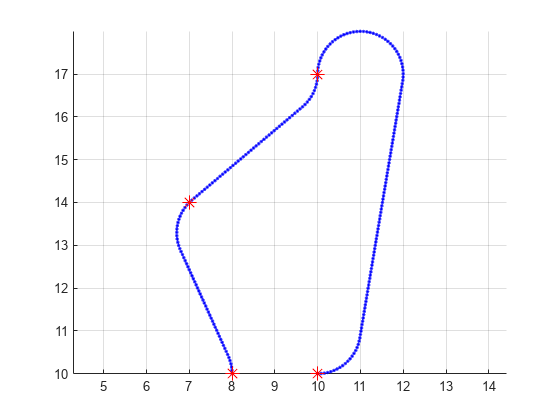distance
Description
h = distance(mobileProp,q1,q2)DistanceEstimator property of the state propagator defines the
distance metric for approximating cost.
Examples
Input Arguments
Output Arguments
Version History
Introduced in R2021b
